The qualification period soon begins its ninth month with Korea and China on the verge of putting two entries forward in every discipline.
By Don Hearn. Photos: Badmintonphoto
Despite all the tradition and prestige of the upcoming All England and all the build-up to and the prize money from last month’s Dubai World Superseries Finals, every badminton player in the world has made it clear that the number one goal in 2016 is the Rio Olympic Games. The badminton world will once again contribute 172 players to the athletes’ village and while a select few dozen of these are spending the next eight months peaking and tapering with the singular goal of claiming gold, so many both well down the ranking tables and very close to the top are going to be spending the next four months fighting tooth and nail just to qualify for the Games.
The long homestretch
The Olympic qualifying period has undergone quite a few changes since the London race. For starters, the number of second-tier events has increased significantly. There may be only two additional Grand Prix Gold tournaments, but the Grand Prix circuit has more than doubled, from 4 to 9 events, and the points on offer from these – as well as the continental championships in Pan Am and Oceania – has increased to 5500 points.
There are also more events of consequence bunched up closer to the end of the qualifying period. In 2012, only three Grand Prix Gold tournaments fell within the four months leading up to the Olympic point deadline, whereas this time around, we still have no fewer than seven to go. Also, with January now cleared of Superseries events, the last four Superseries events are all in the last two months of the Rio qualification period, contributing to a solid eight-week run of events from Grand Prix Gold to Superseries Premier, following by the continental championships.
All but a few of the prospective qualifiers have already played ten tournaments since the qualification period began and that means that they are looking to the remaining events to produce better showings than what they have accomplished so far, since world ranking is based on only the top ten results.
Now let’s look at who has the most riding on these four busy months. Rather than generating our own Olympic dummy lists, as we did in 2008 and 2012, Badzine is now able to rely on the standings updated weekly and published as the Race to Rio – BWF Olympic Qualification. Like our 2012 dummy lists, they count only the ten best results earned since the Olympic qualification period began, in May 2015.
Lonely at the top
The Olympic Games have always featured the weakest fields of any top-tier badminton events. In 2012, mixed doubles was the only discipline in which the entire world top ten were invited and in men’s doubles 8 of the top 20 had to stay at home. This year, we could be in for more disappointment as many of the badminton superpowers will be limited to a single entry and others will have to choose two out of three.
Once again, only Korea and China have two qualifiers in each of more than two events. In the singles disciplines, on National Olympic Committee (NOC) can send two players if both are ranked in the top 16, while for two doubles pairs to qualify, they must both be within the world’s top 8.
China is down to just one pair in the women’s doubles top 8 for the time being. Defunct pair Ma Jin and Tang Yuanting held onto the #8 spot right up until the Dubai results came in. In the remaining disciplines, China has had two or three solid prospects for months now.
Korea, by contrast, had to wait until the last Grand Prix event of the year to see a second men’s singles player, Mexico Open champion Lee Dong Keun (pictured right), sneak into the top 16 for the first time. They also have mixed doubles pairs at #10 and #11 but both Shin Baek Cheol / Chae Yoo Jung and Choi Sol Gyu / Eom Hye Won have a lot of ground to make up if they want to break into the top 8.
With China, it is only a matter of time before they have a second women’s doubles pair knocking on the door of the top 8. Tang Yuanting / Yu Yang and Zhao Yunlei / Tian Qing (pictured above) may only be ranked 14th and 22nd respectively but they are the only active pairs in the top 25 with fewer than ten tournaments since May. Therefore, we can expect them to march up through the ranks very quickly once the 2016 season begins.
If more of the badminton powers manage to double up on their Olympic entries, this could make things difficult for players lower down in the rankings. Apart from China and Korea, the major candidates to add a second entry are Indonesia and India in men’s singles, Indonesia and Denmark in men’s doubles, and Thailand and Chinese Taipei in women’s singles.
Another rare distinction also could have repercussions in other parts of the ranking tables. So far, only five players have qualified in two disciplines: Zhang Nan of China, Christinna Pedersen of Denmark, Selena Piek of the Netherlands, Michael Fuchs of Germany, and Phillip Chew of the United States. If additional players such as Zhao Yunlei or Ko Sung Hyun can book a second ticket, this will add to the number of singles positions on offer.
Continental bests
The continental qualifying races are interesting for two reasons. Directly, of course, for the qualifiers themselves, they represent the lifelong dream of simply playing in the Olympics. But in addition, any unused continental qualifying spots will translate into additional singles spots elsewhere in the ranking lists. In the doubles disciplines, with the limited fields, this could open up a spot for some medal contenders.
There are two basic reasons why continental spots would remain unused. One would be if the top African or Oceanian pair were unable to reach the top 50. At present, only Oceanian Champions Matthew Chau / Sawan Serasinghe are still short of that threshold but at #52, they will likely be able to count on their continental championship points to give them a late boost.
A more likely reason for continental spots to be reallocated is that one NOC is limited to two such tickets. At present, the top Africans in the five disciplines are from four different countries. However, Team USA (pictured) is holding onto the Pan Am spots in all three doubles disciplines and Australian athletes are tops in all five.
If an American pair has to be dropped, then there are still pairs from Canada, Mexico, and Brazil in the top 50 to take their place. Also, Eva Lee and Paula Lynn Obanana are so far just 1,200 points away from qualifying outright, a move that would allow the USA to keep their continental spots in the other two doubles events.
Things are likely to be different for Australia. No other NOC has any doubles pairs within striking distance of the top 50. In addition, even in the singles disciplines, the odds of a non-Australian player heading to Rio go way down when one considers the reluctance of New Zealand to send qualified players. In 2012, they declined the invitation for Oceania Champion James Eunson and for reasons yet unexplained, there was no continental representation in men’s singles in London.
Cui bono
So who might be the beneficiaries of unused continental spots or places made available by additional double qualifiers? Who are the likely losers if Korea, Denmark, Indonesia, or China can double up in additional disciplines?
Well, as mentioned, if things continue as they are and the United States has to choose two continental qualifiers from among their three doubles pairs, the beneficiaries could be Canadians in mixed doubles. But if Toby Ng and Alex Bruce take the Pan Am mixed spot – either by U.S. choice or by outperforming their competition in early 2016 – then Phillip Chew will be down to one discipline and the last non-continental singles spot will disappear. Coincidentally, that spot is now held by Ng and Bruce’s compatriot Martin Giuffre (pictured).
Players such as Hsu Jen Hao, Anthony Ginting, and Sho Sasaki are all within striking distance of the top 16, so that could cause problems for Giuffre and the players qualified just ahead of him, such as Milan Ludik and Henri Hurskainen. On the other hand, players such as Hans-Kristian Vittinghus or Wang Zhengming, with little hope of being in their NOC’s top two, may still take up spots in the world’s top 16 and deny Korea or Hong Kong a second entry, freeing up spots further down on the list.
Things at the top look a little firmer in women’s singles but if Australia uses its continental spots elsewhere, then Finland’s Nanna Vainio could benefit, as she could if Zhao Yunlei can hold off Tang/Yu and get her ticket in a second discipline. On the other hand, if Busanan Ongbamrungphan or Porntip Buranaprasertsuk can surge into the top 16, the spots of Lianne Tan or Telma Santos could be in jeopardy.
With Australia virtually forced to reject at least one doubles continental spot, the pairs currently poised to scoop it up are Issara/Puangpuapech in men’s, Vivian Hoo / Woon Khe Wei (pictured above right) in women’s, and Labar/Lefel in mixed. On the other hand, if Denmark’s Mads Conrad-Petersen / Mads Pieler Kolding (pictured) can edge into the top 8, then Cwalina/Wacha could bear the brunt. Thailand’s Kititharakul/Prajongjai and Russia’s Durkin/Vislova have the same fate to fear if China or Korea can put a second pair into the top 8 in women’s and mixed doubles respectively.
The winding down starts up
Most of the world’s top players are halfway through a four- or five-week break from international ranking competition. Some will be away for longer and some have still been playing in professional or invitational competitions in Malaysia, China, Denmark or India.
When the circuit resumes in earnest, with the Malaysia Masters on January 19th, all of the top rankers will still be staying home but pairs such as Tang Yuanting / Yu Yang and Shin Baek Cheol / Chae Yoo Jung, Parupalli Kashyap (pictured bottom), Denmark’s Madses, and Busanan Ongbamrungphan will be among the dozens in action and looking to get a head-start on shoring up their qualification point totals. A week later, other big guns such as Boe/Mogensen and Saina Nehwal will enter the fray as well.
To see the year-end BWF Olympic qualification dummy lists on which this article was based, click here.
![RACE TO RIO – Korea and China double down The qualification period soon begins its ninth month with Korea and China on the verge of putting two entries forward in every discipline. By Don Hearn. Photos: Badmintonphoto Despite all […]](https://www.badzine.net/wp-content/uploads/Newsflash-thumbnail.png)
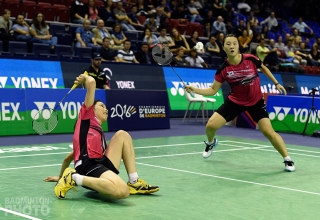
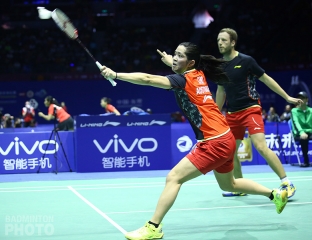
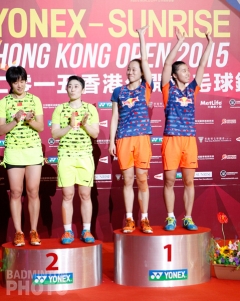
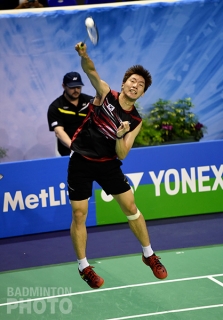
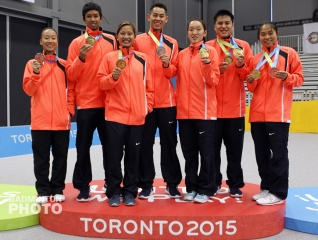
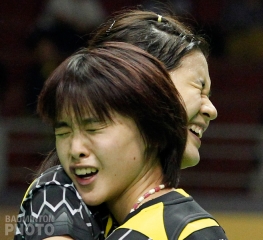
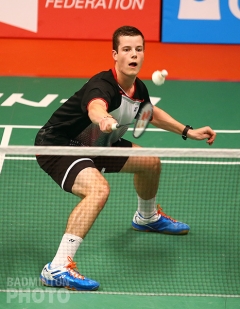
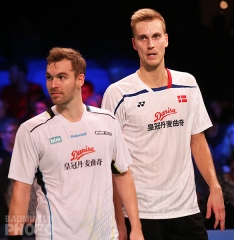
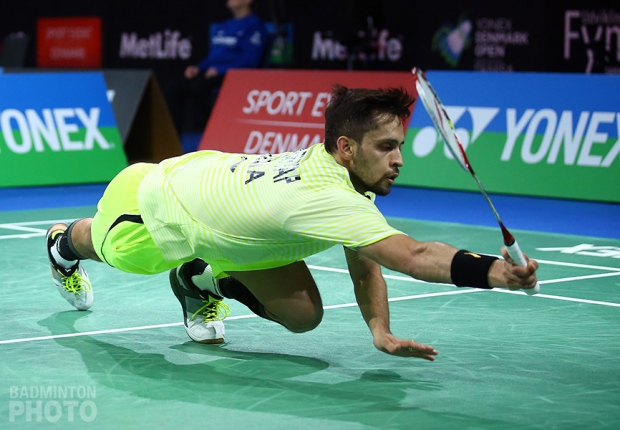

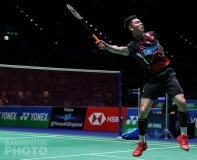
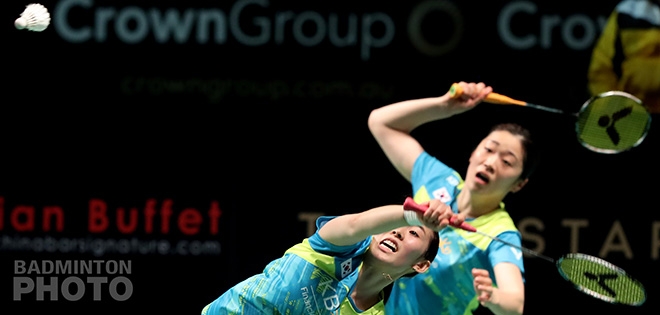
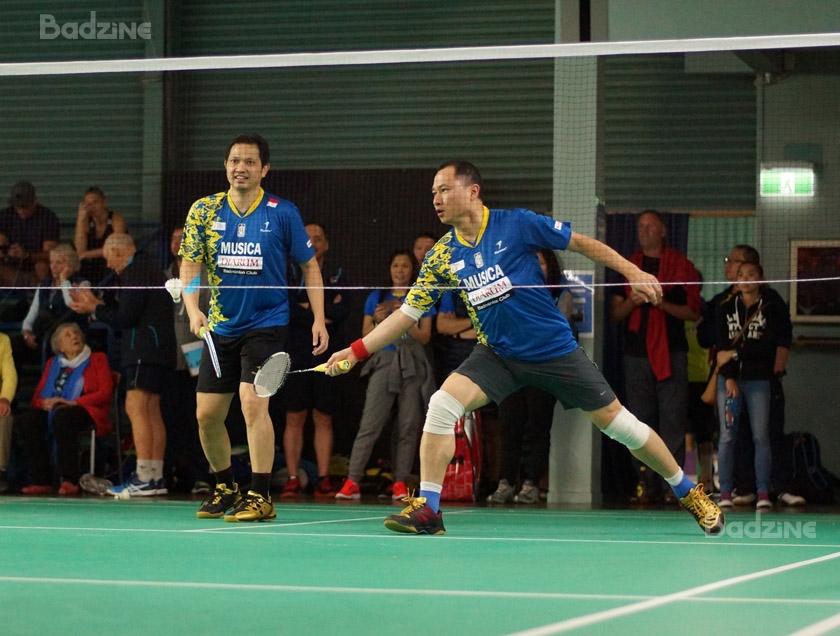

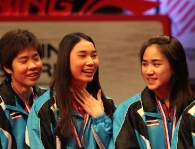
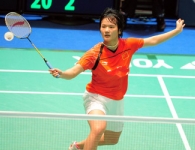
Leave a Reply